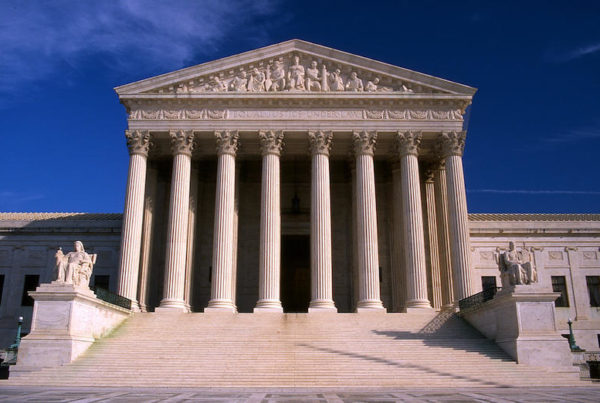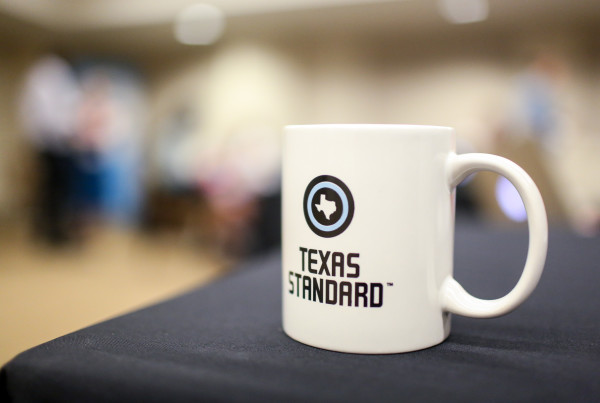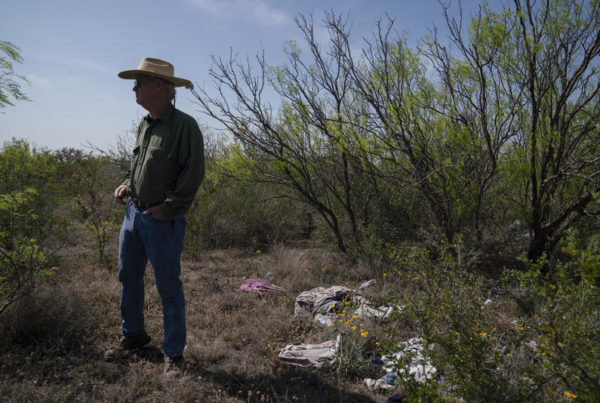Almost 21 years ago, on a June morning in Jasper, Texas, three white men chained up 49-year-old James Byrd Jr. – a black man – by his ankles to the back of a pickup truck. Byrd died after he was dragged behind the truck for three miles. The murder, and subsequent trial of the men involved, quickly drew national attention. All three were charged with capital murder for the racist crime. Two were sentenced to death. Lawrence Russell Brewer was executed in 2011. On Wednesday, John William King is set to be executed.
Some in the small town of Jasper hope King’s execution will mark a kind of final chapter in the horrific saga. But it’s hard to imagine that happening, given the painful journey of the community, and how others see the town.
Ricardo Ainslie is the author of “Long Dark Road,” a book about the Byrd killing and aftermath, and a professor of counseling psychology at the University of Texas at Austin’s College of Education. He says residents of Jasper still think about the crime.
“It was a crime that happened in a community of 8,000 people,” Ainslie says. “When something that traumatic takes place, it affects everybody, and it casts a long shadow.”
Ainslie says King had only committed nonviolent crimes in his youth, before being sent to a “hard-core” Texas prison. In prison he encountered young, violent offenders and race-based gangs.
“Bill King joined a group called the Confederate Knights of America,” Ainslie says.
King became the leader of the racist group, and met Brewer, who would become a fellow participant in Byrd’s murder.
Ainslie says King “Is the product of our prison system, in some respects.”
The town of Jasper suffered after Byrd’s death, losing population, along with its reputation.
“I think the community continues to struggle on these issues,” Ainslie says. “But a lot of communities do, including every major city in our state.”
Ainslie says that when he went to Jasper, he was surprised at the ways the community was integrated. Churches in Jasper worked together in a ministerial alliance, where black and white clergy take turns leading the group. Jasper has also had a black mayor, city council members and school board members.
“Those elements sort of defy the stereotypes, certainly of what I thought I would find there,” Ainslie says. “And I think those elements helped the community absorb this event.”
Written by Shelly Brisbin.
















